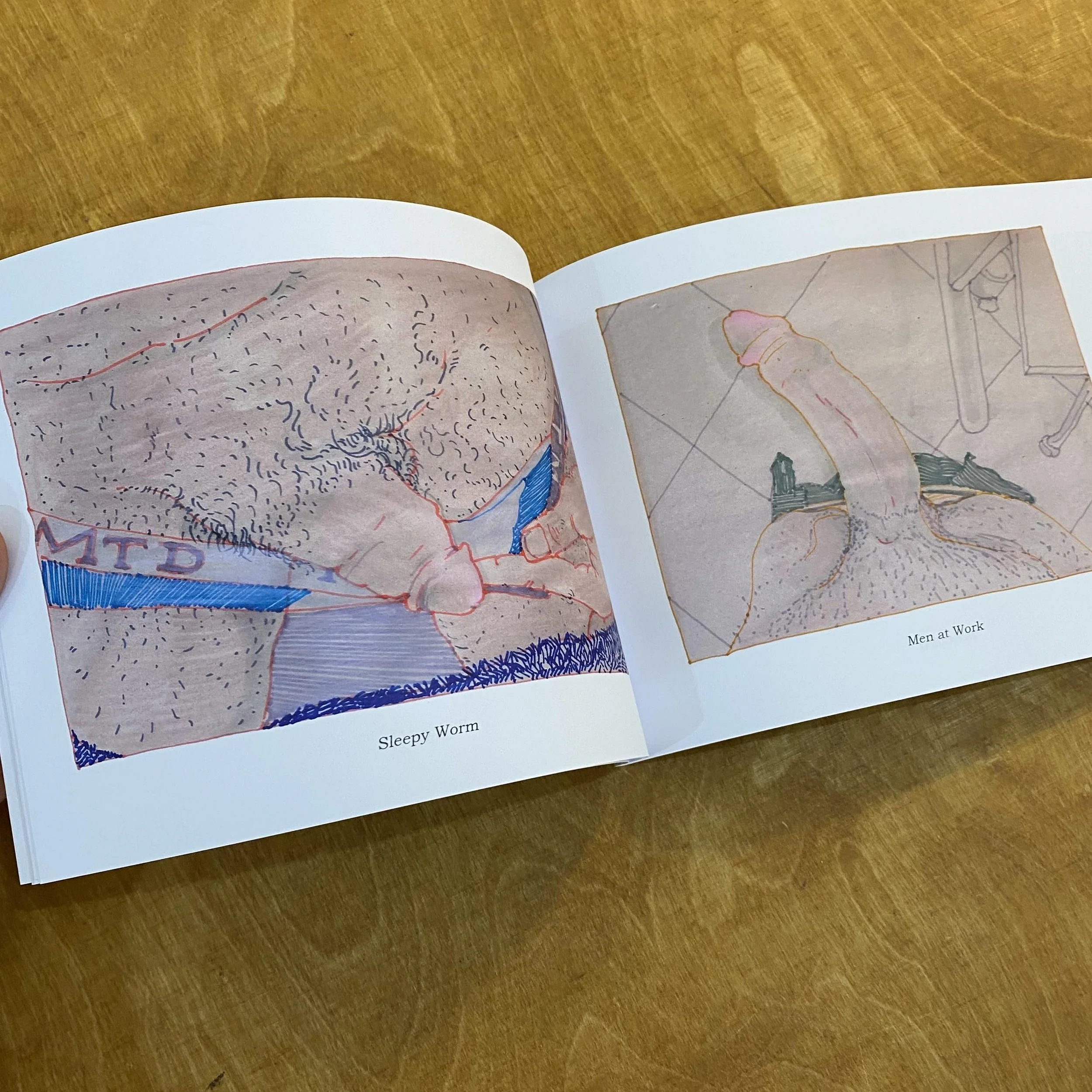 Image 1 of 7
Image 1 of 7

 Image 2 of 7
Image 2 of 7

 Image 3 of 7
Image 3 of 7

 Image 4 of 7
Image 4 of 7

 Image 5 of 7
Image 5 of 7

 Image 6 of 7
Image 6 of 7

 Image 7 of 7
Image 7 of 7








Sadao Hasegawa SADAO HASEGAWA
The first posthumous book by Japanese artist Sadao Hasegawa (Jan 1945- Nov 1999), dedicated to Hasegawa’s rarely-published archive
Hasegawa work is notable for incorporating Japanese, Indian, South-East Asian and African mythology, combined with homo-erotic depictions of hyper-masculine men, in acts of BDSM.
Beauty, eroticism and death are recurringthemes in Hasegawa’s work; he was inspired by Nobel Prize nominee Yukio Mishima. After Hasegawa’s suicide in 1999, his family wasgoing to dispose of the artists archive but discovered a portrait of Mishima painted on a stone, accompanied by a note requesting that the works be managed by Gallery Naruyama, Tokyo, where the artist’s estate is today.
Whilst gaining acclaim in queer publications in the USA and Europe, with critics historicising Hasegawa’s work as an influence on contemporary Japanese queer culture, and the gay manga genre, Hasegawa's works have not been widely recognized: his only book is the highly collectable Paradise Visions (Kochi Studio, 1996).
The book also includes an essay by Dr Thomas Baudinette, author of Regimes of Desire: Young Men, Media and Masculinity in Tokyo (University of Michigan Press, 2021) and is designed by Sam Boxer, Art Director of Gut Magazine.
Published by Baron Books
First Edition, 2022
UK Import
Hardback
76 full color pages
25 x 20 cm
The first posthumous book by Japanese artist Sadao Hasegawa (Jan 1945- Nov 1999), dedicated to Hasegawa’s rarely-published archive
Hasegawa work is notable for incorporating Japanese, Indian, South-East Asian and African mythology, combined with homo-erotic depictions of hyper-masculine men, in acts of BDSM.
Beauty, eroticism and death are recurringthemes in Hasegawa’s work; he was inspired by Nobel Prize nominee Yukio Mishima. After Hasegawa’s suicide in 1999, his family wasgoing to dispose of the artists archive but discovered a portrait of Mishima painted on a stone, accompanied by a note requesting that the works be managed by Gallery Naruyama, Tokyo, where the artist’s estate is today.
Whilst gaining acclaim in queer publications in the USA and Europe, with critics historicising Hasegawa’s work as an influence on contemporary Japanese queer culture, and the gay manga genre, Hasegawa's works have not been widely recognized: his only book is the highly collectable Paradise Visions (Kochi Studio, 1996).
The book also includes an essay by Dr Thomas Baudinette, author of Regimes of Desire: Young Men, Media and Masculinity in Tokyo (University of Michigan Press, 2021) and is designed by Sam Boxer, Art Director of Gut Magazine.
Published by Baron Books
First Edition, 2022
UK Import
Hardback
76 full color pages
25 x 20 cm


































